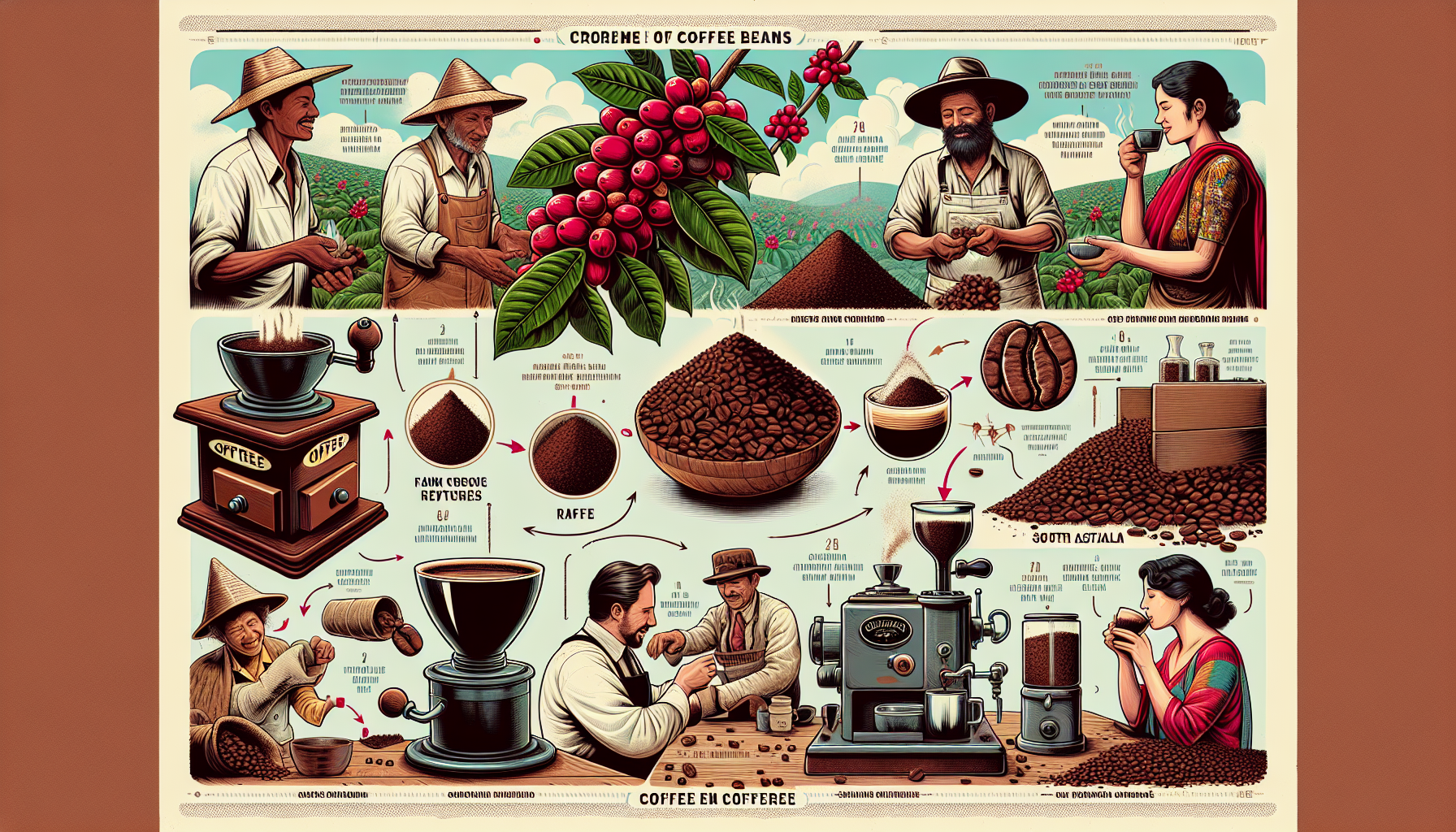Understanding Coffee Beans: The Foundation of Your Brew
Coffee is more than just a beverage; it's a global phenomenon that connects cultures, stimulates senses, and kickstarts mornings. Central to the beloved cup of joe are the coffee beans themselves. Understanding the nuances of these beans can elevate your coffee experience from mundane to extraordinary. Whether you're a casual coffee drinker or a dedicated aficionado, this guide will help you navigate the complex world of coffee beans, ensuring your next brew is your best yet.
The Origins of Coffee Beans
Coffee beans are the seeds of the coffee plant's fruit, often referred to as cherries. These beans are harvested, processed, and roasted to create the diverse range of coffee flavors we enjoy. The plant species, the region where it's grown, and the conditions of the environment all influence the taste of coffee. The two main species of coffee are Arabica and Robusta. Arabica beans are widely considered superior in flavor, offering a smoother, more nuanced taste, while Robusta beans are stronger, harsher, and contain more caffeine.
Regions and Their Flavors
Just like wine, coffee is influenced by terroir— the climate, soil, and topography where it's grown. Coffee-producing regions around the world impart unique flavor profiles based on these conditions. For example, African coffees, such as those from Ethiopia or Kenya, often boast floral or fruity notes, with a bright acidity. Latin American coffees, especially from places like Colombia and Brazil, may have nutty or chocolate undertones with a sweeter profile. Asian coffees, like those from Indonesia, typically offer deeper, earthy flavors with hints of spice.
The Process from Cherry to Cup
Once the coffee cherries are ripe, they undergo one of several processes to extract the beans: washed (wet), natural (dry), or honey (semi-washed). The method used affects the final taste. Washed coffees tend to have cleaner, brighter profiles, while natural processing can bring out more body and sweetness. The lesser-known honey process strikes a balance between the two, often resulting in a sweet, mildly acidic cup.
Understanding Roast Profiles
Roasting transforms green coffee beans into the aromatic, brown beans we're familiar with. The roast profile—light, medium, dark—will profoundly influence the flavor. Light roasts retain more of the bean's original characteristics and usually present higher acidity. Medium roasts balance acidity with the development of sugars, offering a harmonious, rounded flavor. Dark roasts are intense and bold, often featuring smoky or toasty notes with lower acidity but potentially a bitter edge.
Grind Size and Brewing Method
The grind size of your beans impacts extraction, which is the process of pulling flavors from the grounds during brewing. Different brewing methods require different grind sizes. A fine grind is ideal for espresso, as the short brew time necessitates a larger surface area to extract flavor quickly. A medium grind suits methods like drip or pour-over, while a coarse grind is perfect for French press brewing, which allows for a longer immersion time. Getting the grind right is critical, as it can mean the difference between a balanced cup and one that's under or over-extracted.
Storing Your Beans for Freshness
To ensure your coffee remains as delightful as possible, proper storage is key. Coffee beans are best kept in an airtight container, away from heat, light, and moisture. Whole beans maintain their freshness longer than ground coffee, so consider grinding only what you need per brew. It's generally recommended to use your coffee within a few weeks of roasting for maximum flavor and aroma.
Finding Your Perfect Brew
Discovering your perfect brew might seem daunting given the myriad of variables, but the journey can be as enjoyable as the destination. Start by sampling different beans from various regions and processing methods, paying attention to roast profiles that resonate with your palate. Experiment with grind sizes and brewing methods until you find the combination that yields a cup of coffee that delights your taste buds every time.
Final Thoughts
At the heart of every great cup of coffee are high-quality beans that have been thoughtfully produced, processed, and roasted. By understanding the basics of coffee beans, you can take your at-home coffee game to the next level, turning your daily routine into a ritual you cherish. So, start exploring the vast and flavorful world of coffee beans. Your perfect brew awaits!
Try Healthy Bean Coffee Today!
